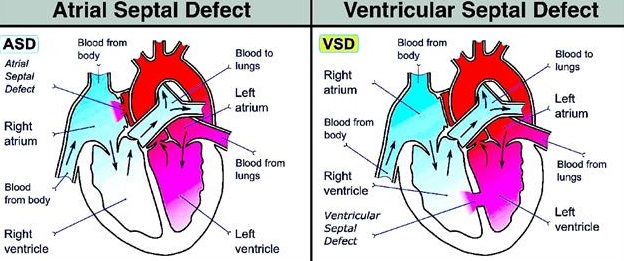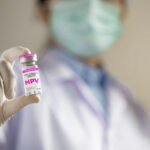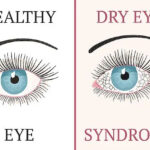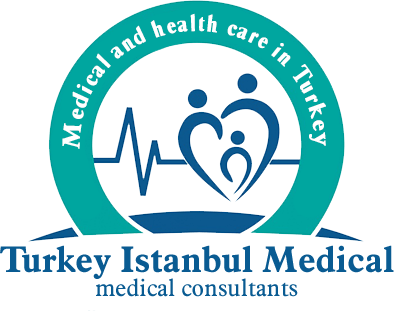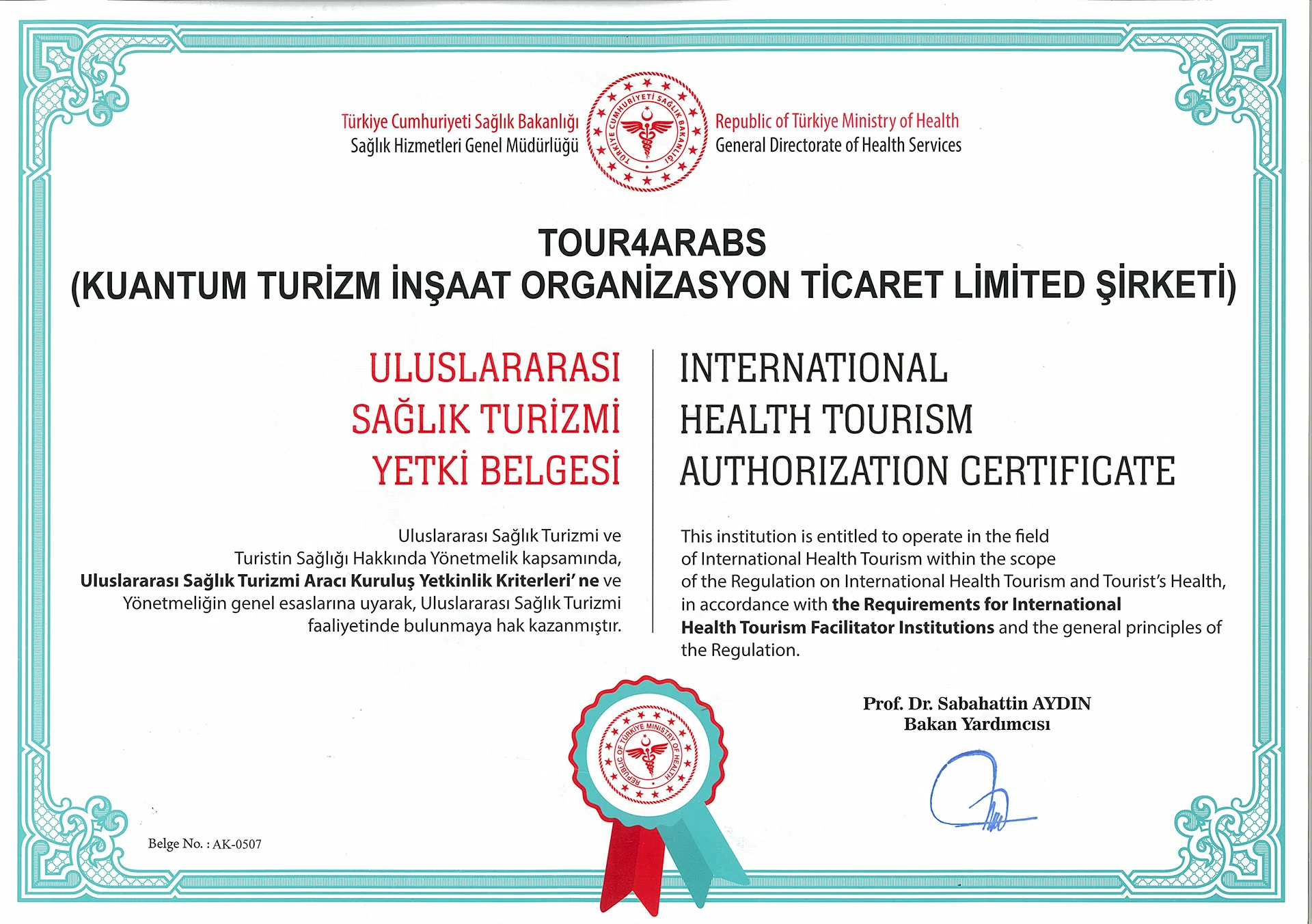What is a Heart Hole?
Heart Hole disease, also known as atrial septal defect in medical language, can usually heal on its own without causing any health problems. There is no need to worry about holes especially seen in babies and children.
However, it can cause various problems in later ages. The hole in the heart causes increased blood flow to the lungs. That is, a large or long-standing hole can damage the lungs or heart. In such cases, surgical operation may become essential in order to prevent complications that may occur.
What are The Types Of Holes İn The Heart?
-
ASD (Atrial Septal Defect):
It is a very common species. It can be defined as the hole in the wall between the two atria on the heart.
-
VSD (Ventricular Septal Defect):
It is the name given for the holes between the two ventricles. Another disease that is considered together with these two diseases is PDA disease. There is an intermediate vessel between the heart and the two great arteries. This vessel tends to close 3 days after the baby is born. PDA disease can be defined for vascular openings that do not close after birth.
-
Complete Atrioventricular Septal Defect (AVSD):
This is the heaviest heart hole. The hole in the heart concerns all 4 chambers. Oxygen-rich blood has trouble reaching the right place. AVSD is treated only surgically and with a patch. In some cases, more than one surgery may be required.
-
Tetralogy of Fallot:
Sometimes there is a hole in the heart, but other congenital heart diseases may also be present. In tetralogy of Fallot, 4 separate defects are together. These are large VSD, right ventricular hypertrophy, aortic vessel displaced above the VSD, and Pulmonary valve stenosis that impedes blood pumping to the pulmonary vessel.
-
Patent Ductus Arteriosus (PDA):
PDA is simply a hole in the aorta. While in the womb, the task of this hole is to bypass the baby’s lungs.
It ensures that oxygenated blood from the mother is sent directly to the baby’s body without the blood entering the baby’s lungs. As soon as the baby is born, the baby uses its own lungs and the hole is not needed and it closes.
What are The Causes of Heart Hole (Atrial Septal Defect)?
It is known that heart holes are caused by errors in the developmental stage of the heart in the mother’s womb. These errors often do not have a clear cause, but genetic and environmental factors play a role in the development of errors.
The cause of an atrial septal defect is unknown, but some conditions experienced during pregnancy or that the mother has can affect the development of the baby’s heart.
-
Rubella Infection:
Transmission during the first few months of pregnancy can increase the risk of fetal heart defects.
-
Use of Drugs, Tobacco, or Alcohol, or Exposure to Certain Substances:
The use of certain drugs, tobacco, alcohol, or drugs such as cocaine during pregnancy can harm the developing baby.
-
Diabetes:
A mother with diabetes is more likely to have a baby with a heart defect.
-
Obesity:
Being overweight (obese) can play a role in increasing the risk of giving birth to a baby with a birth defect.
Risk Factors
The exact causes of kalte hole problems are unknown. However, there are certain risk factors. For example, some factors that are under the influence during pregnancy can cause heart defects.
These conditions are generally:
-
Rubella:
If the mother has rubella in the first months of pregnancy, it can cause heart problems in the baby.
-
Use of Drugs, Alcohol and Tobacco Products:
Mothers who continue to use tobacco products, alcohol, or drugs during pregnancy can do many different kinds of harm to their babies. One of these damages is heart diseases. It should not be forgotten that routine diseases that are used unconsciously during pregnancy can also cause heart diseases.
-
Diabetes:
A mother with diabetes can cause various heart diseases to develop in her baby.
Preventive Methods
Atrial septal defects are difficult to prevent. However, every expectant mother who plans to become pregnant should apply the following preventive methods.
- Rubella vaccine
- Routine health checks
- Informing the doctor about the family’s medical history
What are Heart Hole Symptoms?
Generally, no symptoms are encountered in children born with a hole in the heart. However, signs and symptoms can manifest themselves in adults.
Symptoms of holes in the heart that may occur in adults are as follows:
- Shortness of breath while doing sports
- Weakness
- Swelling in the legs, feet or abdomen
- Paralysis
- Sound that can be heard from the heart with a stethoscope
- Arrhythmia
- Palpitations
How is a Hole in The Heart Diagnosed?
In most of these patients, a more severe murmur is heard on cardiac examination than an innocent murmur. Patients in this situation are evaluated by a Pediatric Cardiology Specialist, and pediatric heart disease tests and examinations such as electrocardiography (ECG) and echocardiography (ECO) are performed, and thus the definitive diagnosis of the heart hole is made.
Some patients are referred to a Pediatric Cardiology Specialist due to complaints such as fatigue and sweating while feeding, frequent lung infections, shortness of breath, growth retardation or bruising, and diagnostic tests are performed.
However, some of the patients may not have any complaints or examination findings. For this reason, it is very important for babies to be examined by a Pediatric Cardiology Specialist before the age of 1, even if they do not have complaints or examination findings.
How is a Heart Hole Treated?
Most heart holes close on their own during childhood. Large and permanent heart holes that do not close on their own should be surgically repaired.
Medication may be recommended to reduce heart hole symptoms or to reduce the risk of postoperative complications. But the use of drugs alone cannot cure the heart hole.
In adults and children, the opening between the atria is closed with heart hole surgery.
Heart hole can be fixed in two ways:
-
Heart Catheterization:
A thin tube is inserted into a vein in the groin. This tube is directed to the heart for imaging purposes. The doctor creates a patch to close the hole through the catheter and snaps it in place.
Heart tissues grow around this patch and permanently seal the hole. Surgery may be required in the treatment of heart holes that cannot be corrected with cardiac catheterization.
Surgical Methods that can be used in Heart Hole Surgery are as follows:
-
Robotic Surgery (Robot Assisted Minimally Invasive Surgery):
Robotic heart surgeries are performed through small incisions. Using these incisions, the robot’s special instruments and camera are sent to the surgery area. The camera of the robot instantly transmits the 3D real image of the patient’s interior, magnified up to 16 times, to the surgeon’s console.
The surgeon, who is a few steps away from the patient, controls the robot’s instruments, which can work in very narrow spaces and have greater mobility than the human hand, using the surgeon’s console. Every movement made by the surgeon is instantly transferred to the operating area in a more sensitive and sharper way.
In addition, during the whole operation, another surgeon is at the patient’s head and assists the surgeon at the console. The biggest advantage in robotic heart hole surgeries is that the patient’s breastbone is not cut, so the postoperative recovery period is much more comfortable and it allows him to return to his daily life in a shorter time.
-
Open Surgery:
The open surgery method is surgery performed using open surgical instruments through large incisions. Open heart surgery is performed by making a large incision in the chest and cutting the sternum.
The surgeon repairs the hole by patching the heart hole. Since the sternum is cut, the patient mostly has to lie on his back during the recovery period and it takes a long time to heal.
-
Minimally Invasive Heart Surgery:
Closed heart surgeries are performed through small incisions. The sternum is not cut, the incisions made between the ribs are used.
